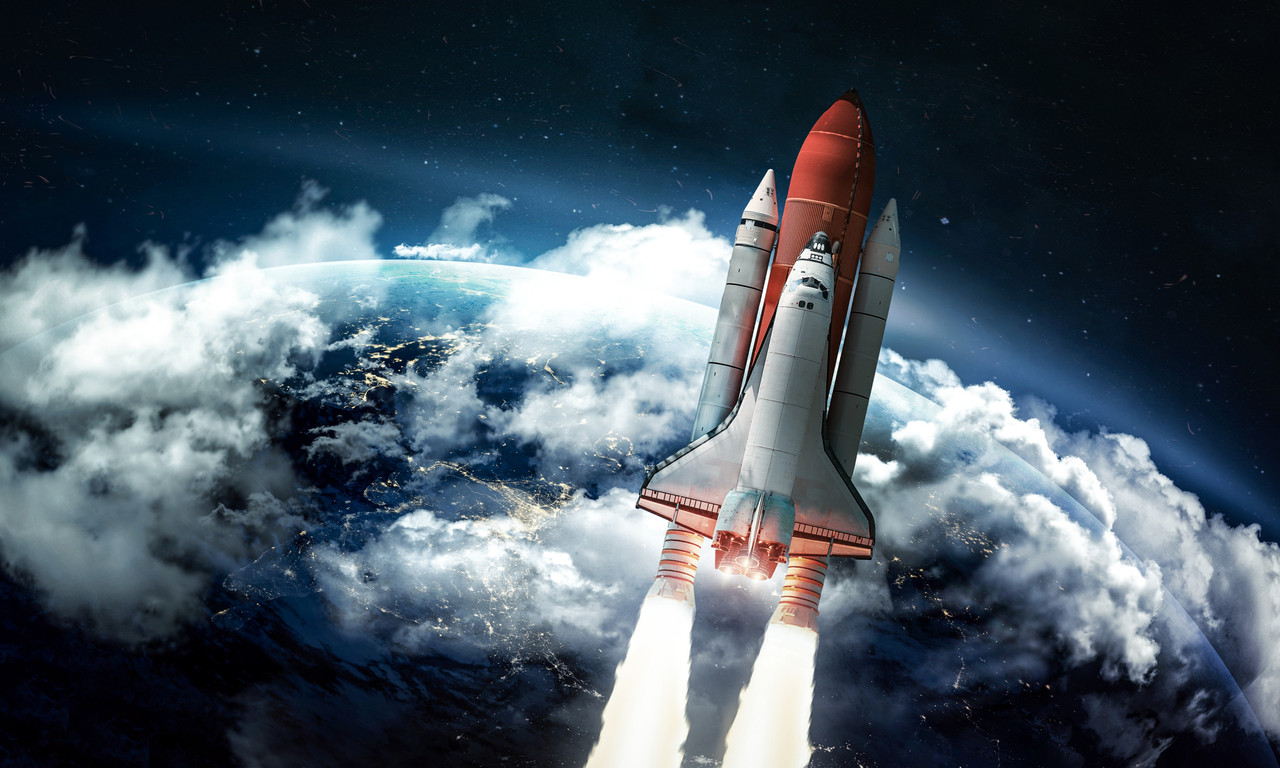Innovative lab
Satellite operator SES and the University of Luxembourg’s Interdisciplinary Centre for Security, Reliability and Trust (SnT) are creating a joint research laboratory with the aim to drive innovation. The joint lab will focus on investigating the potential of throughput satellite systems for next-generation network technology, including the advantages it will have for quantum communications and cybersecurity. The partners plan to leverage access to Luxembourg’s Meluxina supercomputer. SES also plans to launch the first three of its O3b mPower satellites--its new medium Earth orbit system--in December with two more launches scheduled for 2022. O3b mPower foresees delivering services in the third quarter of 2022.
Futrism
Space applications requiring large structures are often constrained by the maximum length of booms which can be stowed within the launcher fairing. To overcome this limitation, Kleos Space is developing in-space manufacturing technology called Futrism. The company is also moving to its new headquarters in Kockelscheuer, which will house its mission control centre and testing and operations facilities. Having completed the launch of previous satellite clusters in November 2020 and June 2021, respectively, Kleos foresees its next launch aboard a SpaceX Falcon 9 in January 2022. The launch of its fourth satellite cluster is expected by mid-2022.
Lunar resources
The European Space Resources Innovation Centre (ESRIC)--a joint initiative between the Luxembourg Space Agency and the Luxembourg Institute of Science and Technology, in partnership with the European Space Agency--and Airbus will collaborate on lunar resources extraction technologies following an MoU between both parties. ESRIC recently launched the world’s first startup support programme dedicated to space resources.
Enhancing IoT
In September, the Luxembourg-based company revealed it had six pending patent applications in the US and Europe to improve satellite-based IoT and machine-to-machine (M2M) communications in remote locations. OQ expects to have the patent in Europe by 2023 and earlier in the US. It plans to begin customer demonstrations, thanks to the successful completion of the in-orbit commissioning (IOC) of its Tiger-2 nanosatellite. Over the next years, it aims to launch a constellation of 72 small satellites to provide 5G IoT and M2M communication. Commercial services for latency-tolerant, low-power devices are foreseen by 2022. CEO Omar Qaise says negotiations are also ongoing with “cellular chip partners to scale up the satellite access capability to existing cellular IoT chips globally.”
This article first appeared in the .
